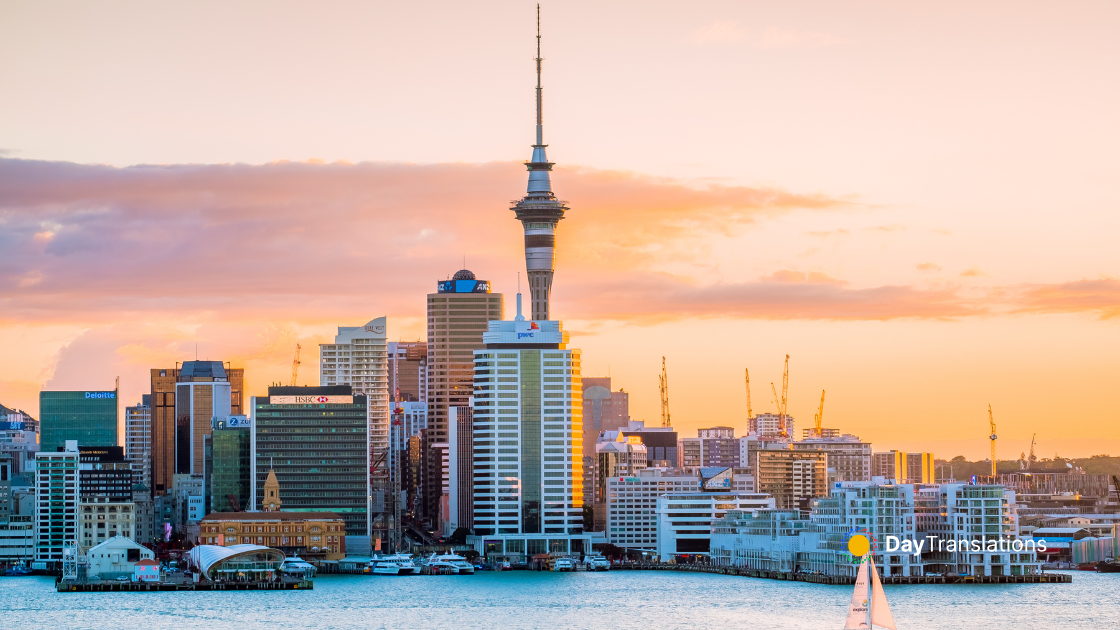Located at the extreme inner corner of the Gulf of Guinea on the west coast of Africa, Nigeria, the most populous country in Africa and the eighth most populous country in the world, Nigeria is bordered by Chad on the North East, by Cameroon on the East, by the Atlantic Ocean (Gulf of Guinea) on the South, by Benin on the West, and by Niger on the North West and North. Nigeria is a regional power and is listed among the “Next Eleven” economies (a group of countries with high potential of becoming the world’s largest economies in the 21st century) and is a member of the Commonwealth of Nations and of the Organization of Petroleum Exporting Countries (OPEC). The economy of Nigeria is one of the fastest growing in the world. Nigeria is a multicultural, multi-ethnic and multi-religious country with a population of about 140 million and over 380 languages.
Nigeria is a leader in West Africa and because of its population and oil reserves has the potential to be a leader in Africa and worldwide. Nigeria attracts many important investors, because of its large market, abundant resources (they include mineral, agricultural and human resources) and political stability.
:: Background of Nigeria ::
British influence and control over what would become Nigeria grew through the 19th century. A series of constitutions after World War II granted Nigeria greater autonomy; independence came in 1960. Following nearly 16 years of military rule, a new constitution was adopted in 1999, and a peaceful transition to civilian government was completed. The government continues to face the daunting task of reforming a petroleum-based economy, whose revenues have been squandered through corruption and mismanagement, and institutionalizing democracy. In addition, Nigeria continues to experience longstanding ethnic and religious tensions. Although both the 2003 and 2007 presidential elections were marred by significant irregularities and violence, Nigeria is currently experiencing its longest period of civilian rule since independence. The general elections of April 2007 marked the first civilian-to-civilian transfer of power in the country’s history.
In this Country Profile
:: Geography of Nigeria ::
Location: Western Africa, bordering the Gulf of Guinea, between Benin and Cameroon.
Geographic coordinates: 10 00 N, 8 00 E
Area:
total: 923,768 sq km
land: 910,768 sq km
water: 13,000 sq km
Area – comparative: slightly more than twice the size of California
Land boundaries: total: 4,047 km
border countries: Benin 773 km, Cameroon 1,690 km, Chad 87 km, Niger 1,497 km
Maritime claims:
territorial sea: 12 nm
exclusive economic zone: 200 nm
continental shelf: 200 m depth or to the depth of exploitation
Climate: varies; equatorial in south, tropical in center, arid in north
Terrain: southern lowlands merge into central hills and plateaus; mountains in southeast, plains in north
Elevation extremes:
lowest point: Atlantic Ocean 0 m
highest point: Chappal Waddi 2,419 m
Natural resources: natural gas, petroleum, tin, iron ore, coal, limestone, niobium, lead, zinc, arable land
Land use:
arable land: 33.02%
permanent crops: 3.14%
other: 63.84% (2005)
Natural hazards: periodic droughts; flooding
Environment – current issues: soil degradation; rapid deforestation; urban air and water pollution; desertification; oil pollution – water, air, and soil; has suffered serious damage from oil spills; loss of arable land; rapid urbanization.
Environment – international agreements: party to: Biodiversity, Climate Change, Climate Change-Kyoto Protocol, Desertification, Endangered Species, Hazardous Wastes, Law of the Sea, Marine Dumping, Marine Life Conservation, Ozone Layer Protection, Ship Pollution, Wetlands. Signed, but not ratified: none of the selected agreements.
:: People of Nigeria ::
Population: 146,255,312
note: estimates for this country explicitly take into account the effects of excess mortality due to AIDS; this can result in lower life expectancy, higher infant mortality, higher death rates, lower population growth rates, and changes in the distribution of population by age and sex than would otherwise be expected (July 2008 est.)
Age structure:
0-14 years: 41.7% (male 31,171,949/female 29,806,204)
15-64 years: 55.3% (male 41,243,003/female 39,611,565)
65 years and over: 3% (male 2,152,318/female 2,270,267) (2008 est.)
Median age:
total: 18.9 years
male: 18.8 years
female: 19 years (2008 est.)
Population growth rate: 2.025% (2008 est.)
Birth rate: 37.23 births/1,000 population (2008 est.)
Death rate: 16.88 deaths/1,000 population (2008 est.)
Net migration rate: -0.1 migrant(s)/1,000 population (2008 est.)
Sex ratio:
at birth: 1.03 male(s)/female
under 15 years: 1.05 male(s)/female
15-64 years: 1.04 male(s)/female
65 years and over: 0.95 male(s)/female
total population: 1.04 male(s)/female (2008 est.)
Infant mortality rate:
total: 95.74 deaths/1,000 live births
male: 101.83 deaths/1,000 live births
female: 89.28 deaths/1,000 live births (2008 est.)
Life expectancy at birth:
total population: 46.53 years
male: 45.78 years
female: 47.32 years (2008 est.)
Total fertility rate: 5.01 children born/woman (2008 est.)
HIV/AIDS – adult prévalence rate: 5.4% (2003 est.)
HIV/AIDS – people living with HIV/AIDS: 3.6 million (2003 est.)
HIV/AIDS – deaths: 310,000 (2003 est.)
Nationality: noun: Nigerian(s) adjective: Nigerian
Ethnic groups: Nigeria, Africa’s most populous country, is composed of more than 250 ethnic groups; the following are the most populous and politically influential: Hausa and Fulani 29%, Yoruba 21%, Igbo (Ibo) 18%, Ijaw 10%, Kanuri 4%, Ibibio 3.5%, Tiv 2.5%
Religions: Muslim 50%, Christian 40%, indigenous beliefs 10%
Languages: English (official), Hausa, Yoruba, Igbo (Ibo), Fulani
Literacy:
definition: age 15 and over can read and write
total population: 68%
male: 75.7%
female: 60.6% (2003 est.)

Sorry, the comment form is closed at this time.